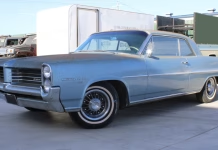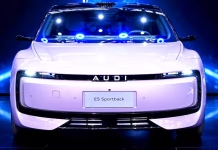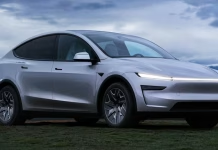How E-Bikes and Scooters Are Transforming Urban Transportation

Massive Solar Farm Powers One Third of Jaguar Land Rover Headquarters in Bold Green...
 The energy farm is the size of 36 football pitches and is part of a push to reduce grid reliance
The energy farm is the size of 36 football pitches and is part of a push to reduce grid reliance
Jaguar Land Rover (JLR) has opened a solar farm the size of 36 football pitches at its Gaydon headquarters as part of efforts to increase its energy independence.
The 26-hectare, 18MW site can generate enough electricity to power a third of the British firm’s base. The site is home to JLR’s design, engineering and R&D teams.
It is part of a move from JLR to source at least 30% of its global energy use from on-site renewables, while also reducing its reliance on grid energy – and therefore fluctuating energy costs – and improving its environmental impact.
A similar project is being completed at its Wolverhampton Electric Propulsion Manufacturing Centre. There, one of the UK’s largest rooftop arrays, featuring more than 18,000 panels, will open in the coming months.

This will be able to generate around 9500 MWh of energy each year, meeting 40% of the site’s needs.
Next year, the marque will install 10MW of solar car ports at its Merseyside site. These include canopies and solar walkways – structures like these are quite common in hotter countries, such as Spain. They will mostly provide energy for EV charging.
JLR’s chief sustainability officer Andrea Debbane said the steps were “important”. She added: “They directly reduce our global operational emissions and help move us closer to our net zero goal, whilst delivering tangible value today and for the long-term.”
Ford Hits 104 Recalls in Nine Months as Safety Issues Mount for Popular Models

Discover the Most Affordable Used Cars at 2025 Monterey Car Week
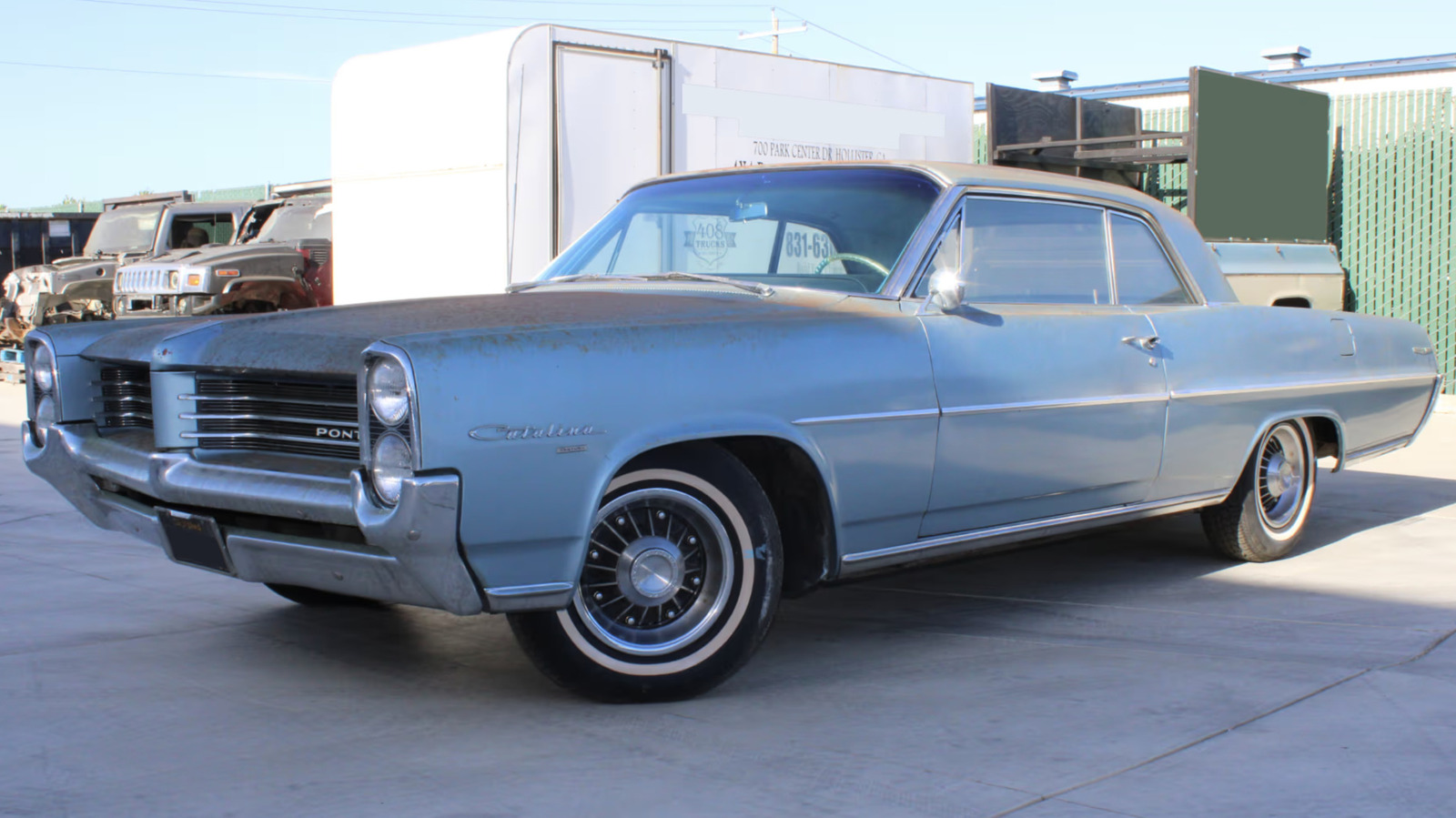
Massive Solar Farm Powers a Greener Future at Leading UK Car Headquarters
 New energy farm is the size of 36 football pitches and part of a push to reduce grid reliance
New energy farm is the size of 36 football pitches and part of a push to reduce grid reliance
JLR has opened a solar farm the size of 36 football pitches at its Gaydon headquarters as part of efforts to increase its energy independence.
The 26-hectare, 18MW site can generate enough electricity to power a third of the Jaguar and Land Rover base. The site is home to JLR’s design, engineering and R&D teams.
It's part of a move by JLR to source at least 30% of its global energy use from on-site renewables, reducing its reliance on grid energy – and therefore fluctuating energy costs – and lessening its environmental impact.

A similar project is being completed at JLR's Wolverhampton Electric Propulsion Manufacturing Centre.
One of the UK’s largest rooftop arrays, featuring more than 18,000 panels, will open there in the coming months.
This will be able to generate around 9500 MWh of energy each year, meeting 40% of the site’s needs.
Next year, JLR will install 10MW of solar car ports at its Merseyside site. These include canopies and solar walkways, which are quite common in hotter countries, such as Spain. They will mostly provide energy for EV charging.
JLR sustainability chief Andrea Debbane said the steps were “important", because "they directly reduce our global operational emissions and help move us closer to our net-zero goal, whilst delivering tangible value today and for the long term.”
New E5 Sportback Stuns China With Bold Tech, Long Range, and Surprising Value

Engine Fire Forces Emergency Landing After Mid-Flight Blaze on Passenger Jet

Tesla Unveils Spacious Model Y L in China With Six Seats and Extended Range
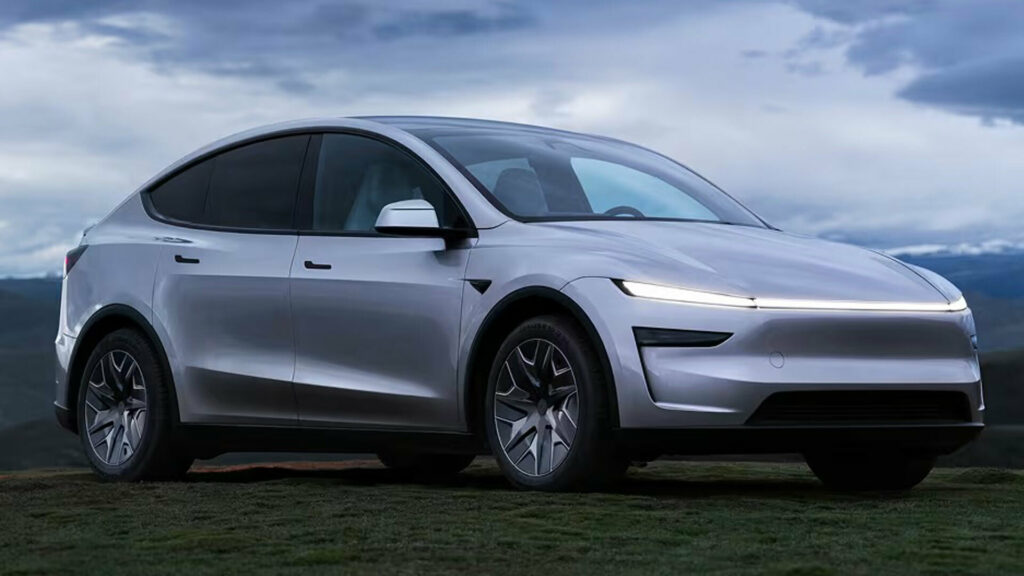
When Custom Car Dreams Go Too Far





